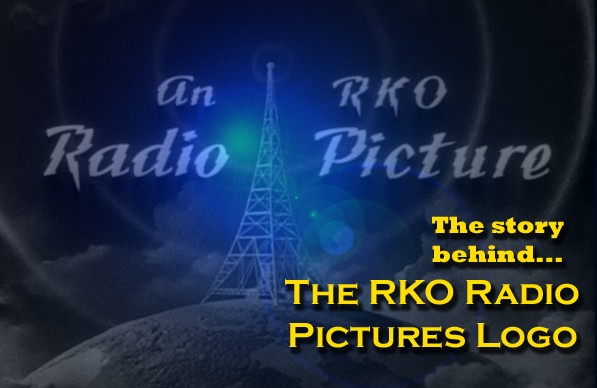
It’s been a while since I wrote one of these “The Story Behind…” posts, but felt like doing a new one. For those who don’t know the series, in “The Story Behind…” I take a look at movie related things and the stories behind them. I’ve written several of these about the history and various logos of the major studios. I’ve covered quite a few studios, but there are a couple I didn’t cover yet. One of them is RKO, which was part of the “Big Five” studios during the golden age of Hollywood. The studio has been responsible for some classic movies like King Kong, It’s a Wonderful Life and Citizen Kane. It matched up Fred Astaire and Ginger Rogers and Cary Grant was under contract with them for a long time. Although the RKO name still exists it’s not the big studio it once was as the original RKO Pictures was out of business in 1960.
The studio was created in 1928 and consisted of several parts: The Keith-Albee-Orpheum (KAO) theater chain, RCA Photophone and the Film Booking Offices (FBO) of America. The reason for the formation of the company was an opportunity which RCA wanted to take to ride the start of talking pictures after Warner Bros. had a big success with The Jazz Singer in 1927. The “Radio” in the name of the studio was because RCA (Radio Corporation of America) had a 66% share in the company. It is said that Sarnoff, who created RCA Photophone suggested the logo with the large radio tower.
Their movies were initially shot at the former FBO studios and their first two movies were Syncopation and Street Girl. Although the depression started, it didn’t stop the studio from spending a lot of money and as a result struggled a lot with its finances. RKO managed to strike a distribution deal with Walt Disney and distributed his movies from 1936 till 1954. When television became popular the studio saw less audiences attend their movies and their profits fell. At the same time Howard Huges gained control over the company and made some bad decisions. He sold his shares in 1955 to the General Tire and Rubber Company. Because of mismanagement the studio slowly seemed to be sinking. Its last movie was released in 1959. The name was resurrected in 1981 when RKO Pictures Inc. started coproducing several movies.
1929-1956
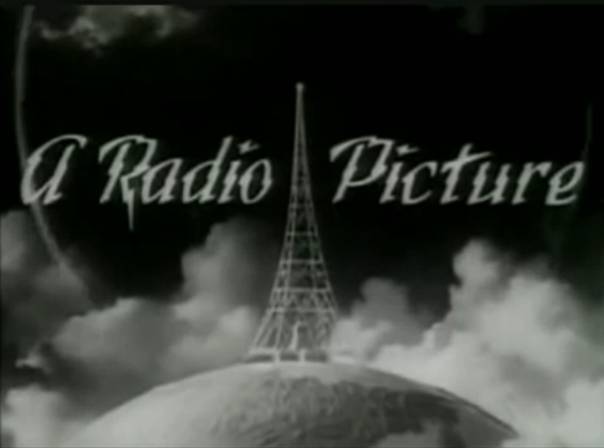
The classic logo of the radio tower transmitting its signals.
early 30’s
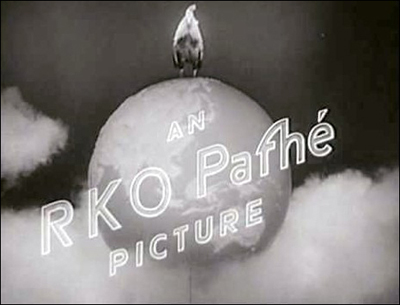
After the merger with Pathé this logo was shortly used.
1981-1987
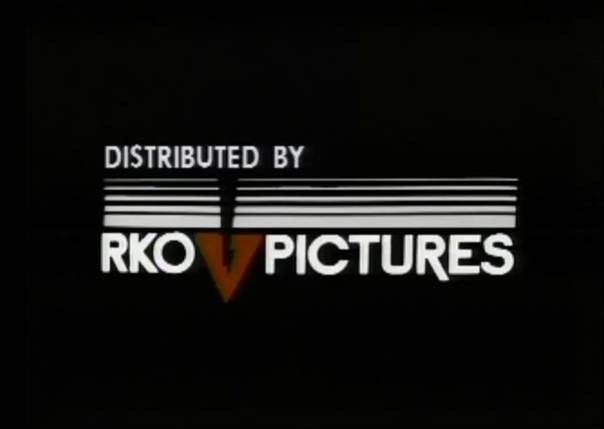
A very simple logo where a thunderbolt (which was previously used in the closing logo) zooms to the viewer after which RKO Pictures appeared.
1987-1992
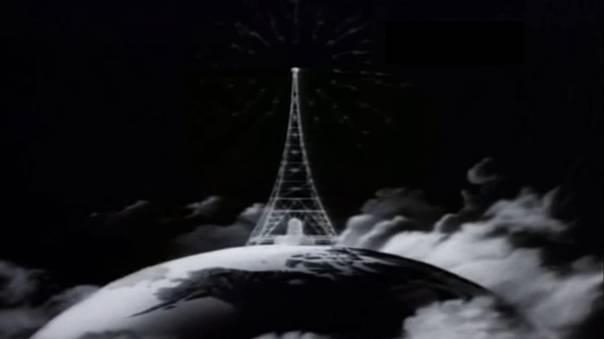
This seems to start as the original logo with the radiotower appearing, but after a few seconds it is merged with the previous logo.
1997-2007
[youtube=http://www.youtube.com/watch?v=o0Y3coWEIhc]
A modern 3d rendition of the classic logo, with the lettering similar to lightning bolts.
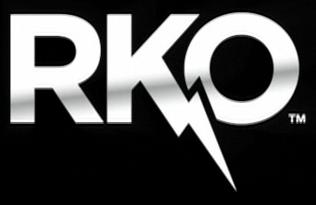
This is the logo which now appears on the RKO website.
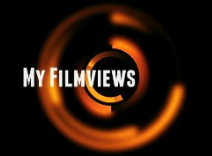






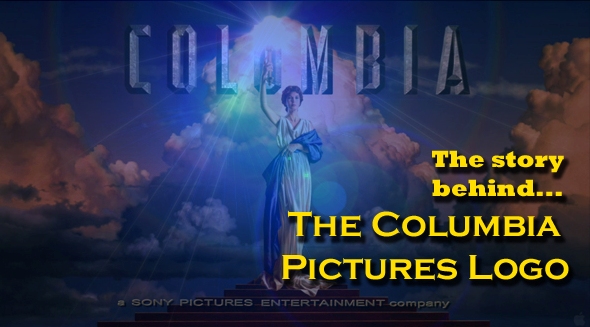
Brilliant article. It is hard to make these kind of pieces informative without being bland, but you manage it well.
Thanks! Know what you mean, had to read long detailed history pieces myself to just pick out the interesting stuff for quick consumption 🙂
Yeah that’s right. Keeping it short is so important. Even if it is really interestingly written, if it looks long when people open it up, they often won’t read it.
I’ve learned something today Nostra. Nice one man.
Nice. Planning to do some more of these again Mark, they are fun to do.
Very cool read!!! Good stuff!
Thanks Keith!
Great article, very informative man keep up the amazing work.
Thanks vinnieh, I will try my best to do so!
Excellent article, Nostra!
The RKO intro has always been a favorite of mine. Especially with Hawks’ ‘The Thing from Another World’.
Thanks Jack. Have not seen that movie yet…
Pingback: The Story Behind… The United Artists logo « My Filmviews
Pingback: The Story Behind… The Universal Pictures logo « My Filmviews
Pingback: The Story Behind… The Columbia Pictures Logo « My Filmviews
Pingback: The Story Behind… « My Filmviews
Pingback: The Story Behind… The Warner Bros. Logo « My Filmviews
Pingback: The Story Behind… The MGM Logo « My Filmviews
Pingback: The Story Behind… The 20th Century Fox logo « My Filmviews
Yaaaaaaa… It’s back. One of my all time favourite series 🙂
I didn’t know that it was, but I will make a couple of more of these. They still are some of the most read articles on my blog and recently even Time Entertainment linked to one of them.
Love this post, great job.
Thanks a lot!
Very cool! Checking out the previous entries of this series now, I’m not sure if I’ve seen any of them
Thanks Andy. I created the other quite a while ago, so it’s possible you weren’t around yet then. I saw that you checked them all out 🙂 Thanks. Will have a new one the coming week.
Very interesting. Thanks, Nostra!
Thanks Fernando
Fascinating. I just watched an RKO picture, “The Hunchback of Notre Dame” (1939) starring Charles Laughton and Maureen O’Hara ! Great flick !!! Hard to believe (the always lovely) Maureen O’Hara is now 92 years old.
Have not seen that version, but sounds like an interesting one to check out. Thanks Daniel.
ah, but who was the mastermind who put the deal together? None other than Joseph P. Kennedy. He bailed out and took over FBO in 1926. In 1927 he made a deal with “General” Sarnoff to use RCA/ GE Photophone to make talking pictures. Warner Brothers, Fox, Loews/ MGM, Paramount, 1st National and Universal all used Western Electric’s technology, so RCA was desperate to make a deal with any studio.
Mid 1927 Kennedy bought KAO, a vaudeville circuit with 700 theatres (its flagship theater, the Keith Memorial, was in Kennedy’s hometown, Boston, and today is called the Boston Opera House) to ensure distribution of his pictures and build marketshare for Photophone. Next he bought Cecil B Demille’s company (PDC) and US operations of Pathé which included a studio, newsreel production and a roster contracted stars. In 1928 he tried to buy First National and make it a Photophone customer as well. When he failed RCA bought his FBO and KAO shares and formed RKO. Kennedy owned a piece of the company, but was not an officer. He kept ownership Pathé for another year or two until RKO bought him out. He made barrels of money in Hollywood, and had an affair with Gloria Swanson. His next move was into liquor distribution.
Yeah, I read that he was involved, but decided to leave bits out in my description. It’s amazing how much power the Kennedys had…
Pingback: A Century of Film: RKO | News from the San Diego Becks